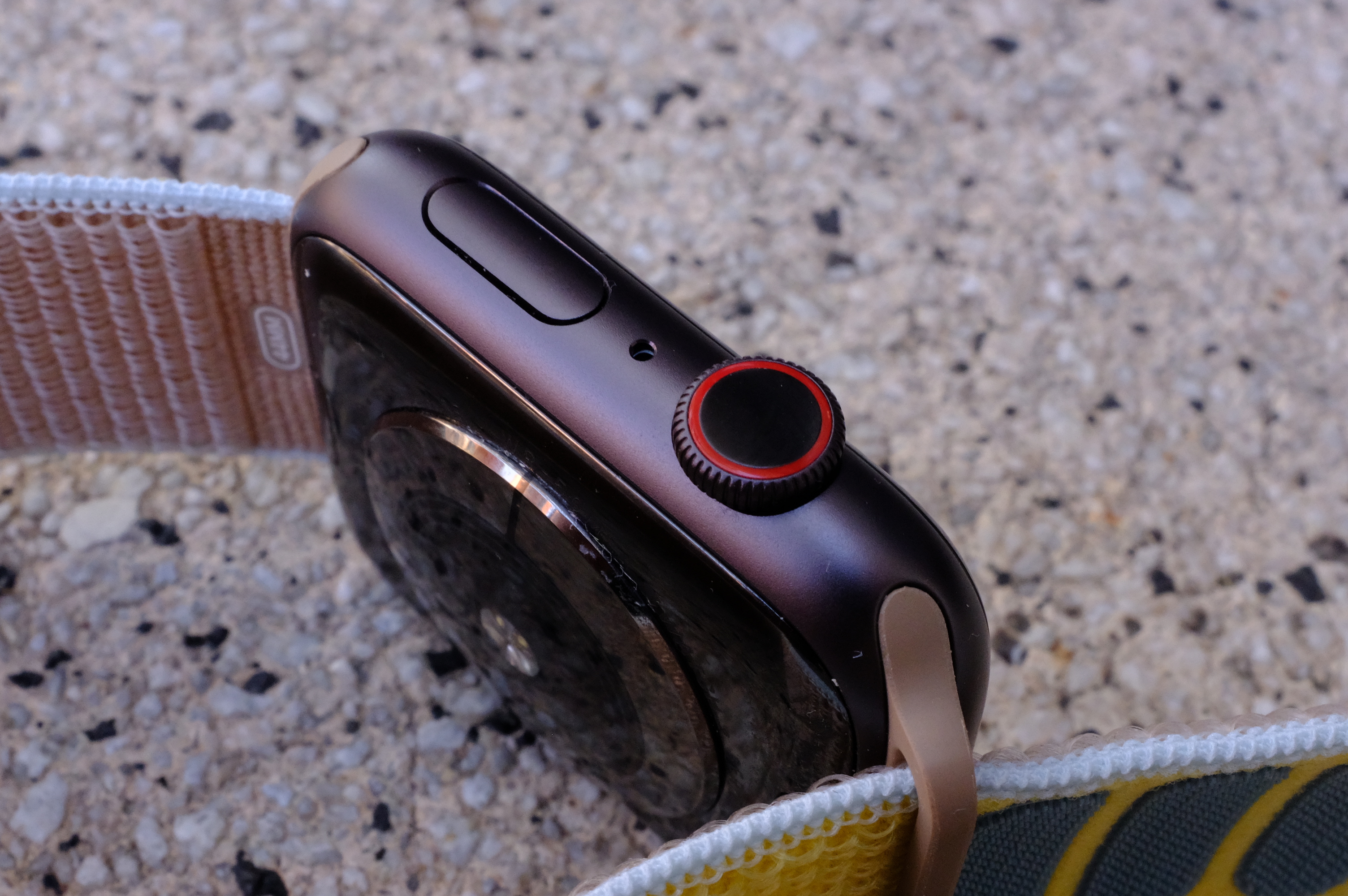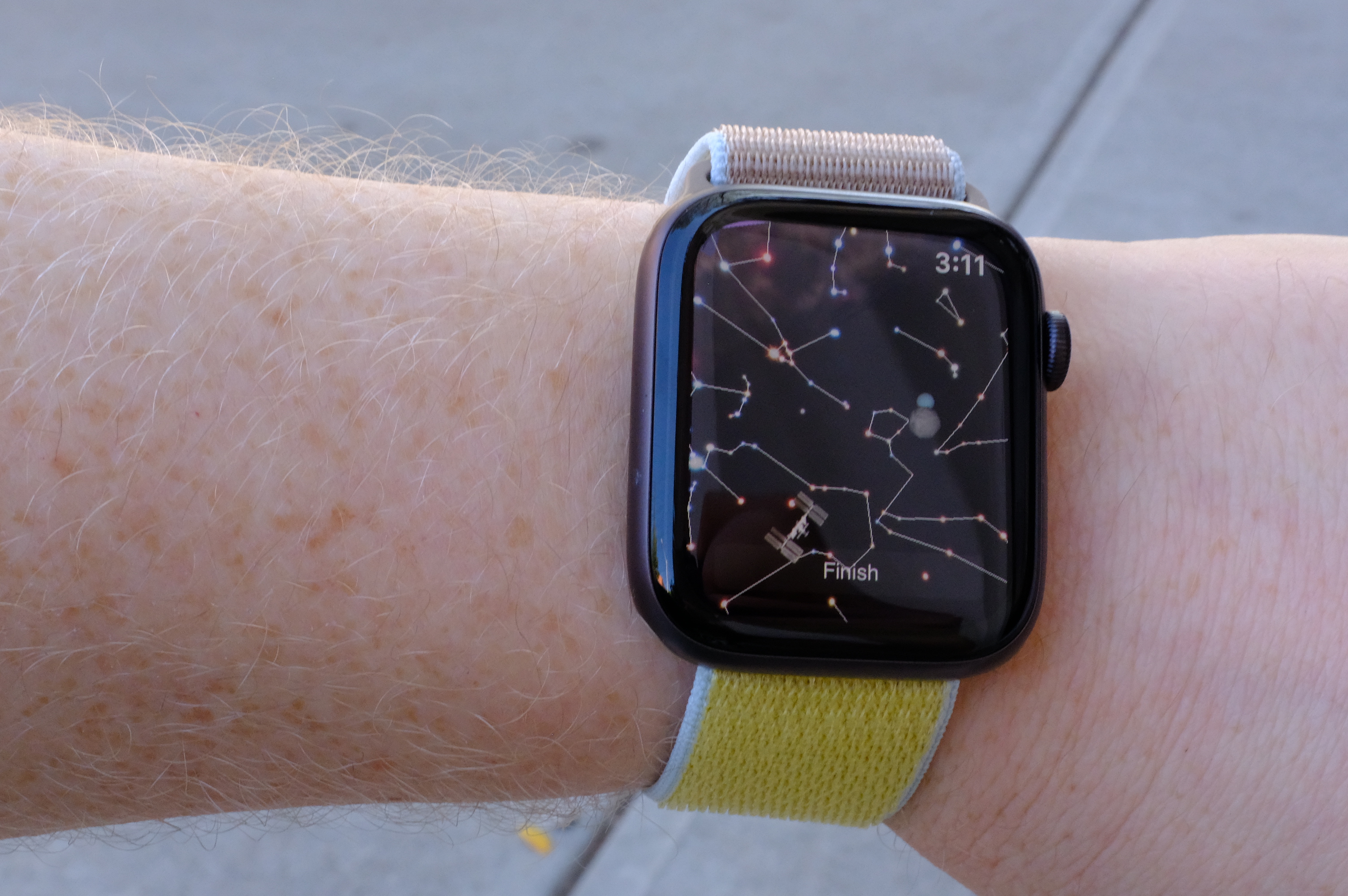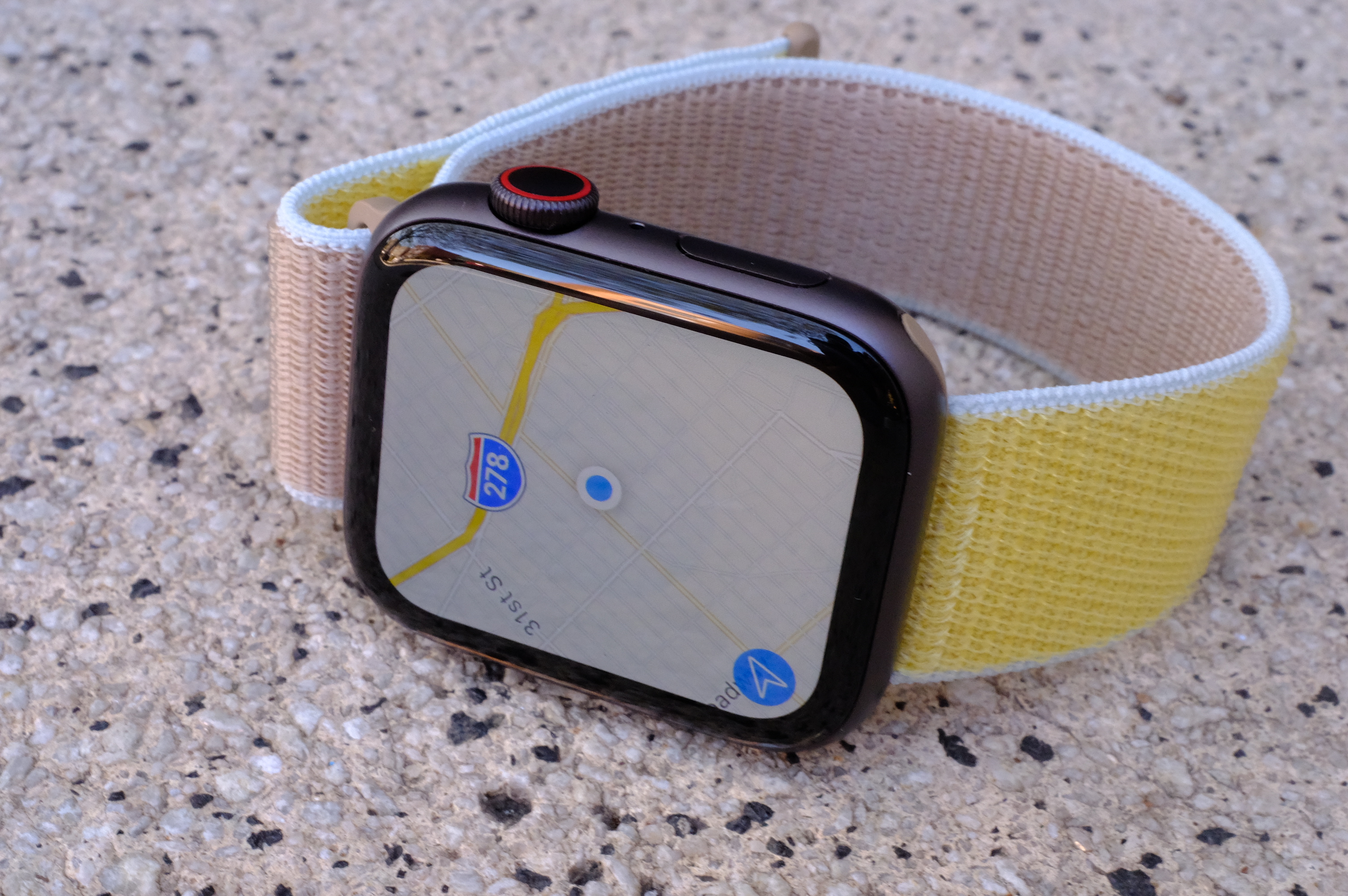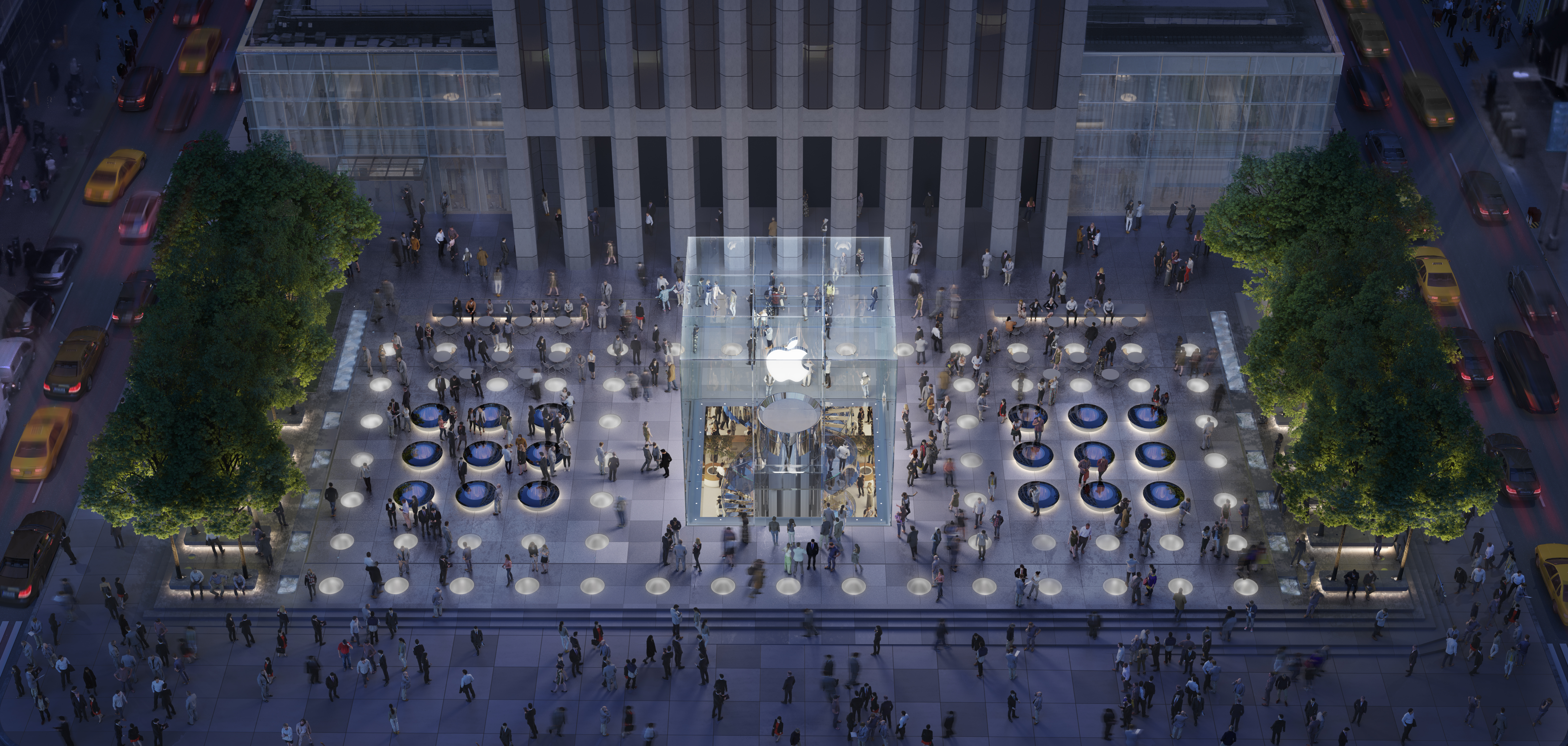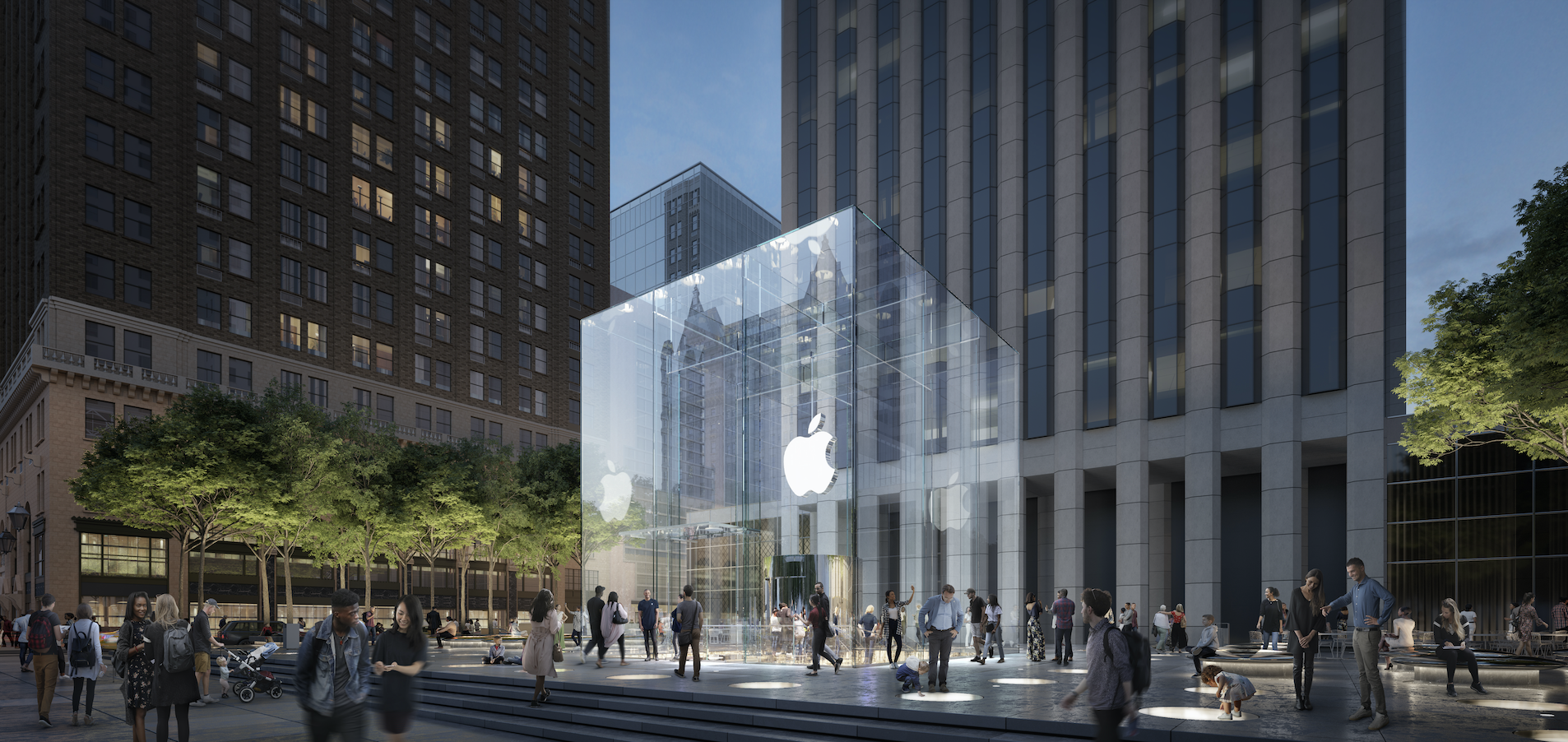As expectations from seed investors intensify, a new stage of investment has established itself earlier in the venture-backed company life cycle.
Known as “pre-seed” investing, one of the first legitimate outfits to double down on the stage has refueled, closing its second fund on $77 million.
Afore Capital’s sophomore fund is likely the largest pool of venture capital yet to focus exclusively on pre-seed companies, or pre-product businesses seeking their first bout of institutional capital. In many cases, a pre-seed startup may even be “pre-idea,” yet to fully incorporate.
Afore invests between $500,000 and $1 million in nascent startups. As it kicks off its second fund, founding partners Anamitra Banerji and Gaurav Jain tell TechCrunch they plan to lead all of their investments.
We have the opportunity to build a firm that defines a category. - Afore founding partner Anamitra Banerji
Standouts in Afore’s existing portfolio include the no-fee credit card company Petal — which has raised roughly $50 million to date — mobile executive coaching business BetterUp, childcare information platform Winnie and Modern Health, a B2B mental wellness platform.
Afore portfolio companies have raised more than $360 million in follow-on funding, with an aggregate market cap of $1.5 billion, Jain, the founding product manager at Android Nexus and former principal at Founder Collective, tells TechCrunch. “These are high-quality teams with high-quality projects and ideas.”
Jain and Banerji — a founding product manager at Twitter and former partner at Foundation Capital — began raising capital for Afore’s $47 million debut fund in 2016. Since then, the landscape for seed investing has shifted. Early-stage investors have begun funneling larger sums of capital to standout teams at the seed, while billion-dollar venture capital funds set aside capital for serial entrepreneurs working on their next big idea. As a result, deal sizes have swelled and deal count has shrunk simultaneously.
“Pre-seed has replaced seed in the venture ecosystem,” Banerji tells TechCrunch. “We saw this early as a result of both of us having been at funds. We knew that this was going to be a massive category just like seed was before it. Now we think it’s clearly here to stay and we have the opportunity to build a firm that defines a category.”
Since launching the firm, the pair explain they’ve noticed more and more founders explicitly stating that they are in the market for a pre-seed round, a statement you wouldn’t have heard as recently as two years ago.
This is a result of Afore’s efforts to legitimize the stage through investments and programming, including its annual Pre-Seed Summit. Though Afore is certainly not the only VC fund focused on the earliest stage of startup investing — other firms deploying capital at the stage include Hustle Fund, which closed an $11.8 million debut fund last year, plus the $20 million immigrant-focused pre-seed fund Unshackled Ventures and the predominant seed and pre-seed stage firm Precursor Ventures, which announced a $31 million second fund earlier this year.
In the past year alone, more than $200 million has been dedicated to the pre-seed stage, with at least nine new funds launching to nurture early-stage startups.
More and more firms are setting up shop at the pre-seed stage as competition at the seed stage reaches new heights. As we’ve previously reported, monster funds are becoming increasingly active at the seed stage, muscling seed funds out of top deals with less dilutive offers. While the pre-seed stage, for the most part, remains protected from competition at the later stage, these firms still have to compete.
“Nobody wants to lose sight of a deal, so they are willing to toss small amounts of capital very early behind interesting founders,” Jain said. “But frankly, we aren’t sure if it’s good for a company to raise that much capital that early in their life cycle.”
Working with a fund that isn’t passionate about what you are building or familiar with the plights of the stage of your business is terrible for founders, adds Jain. Pairing with a focused fund like Afore, on the other hand, allows for “incentive alignment.”
Afore invests across all industries, preferring to back startups in categories “before they are categories.”
“What we are looking for is deep authenticity and passion around the product they are building,” says Banerji. “Ideas on their own aren’t enough. Founder resumes on their own aren’t enough. While we do care about all of those aspects, we get crazy about their clarity of thought in the short term.”
“We don’t take the point of view of ‘here is some money, it’s OK to lose it,’ ” he adds. “For us to invest, the founder must be all in. And we generally don’t invest in celebrity founders; we are going after the underdog founder.”
from Android – TechCrunch https://ift.tt/2UZjnvk
via IFTTT
